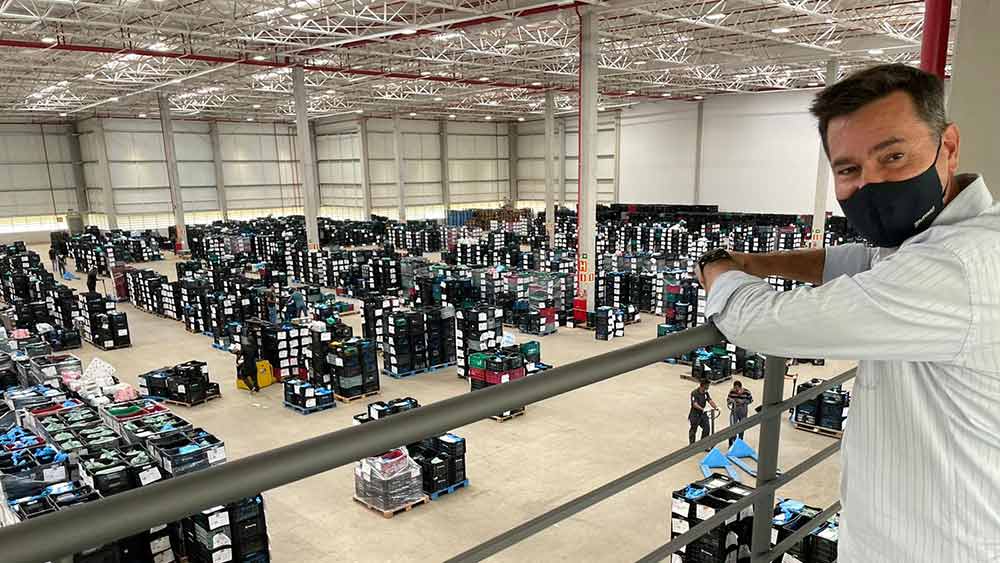What is Impact-First Investing?
“If we genuinely wish to deploy capital in ways that will support people and places that are being left behind by market forces, then we cannot delude ourselves into believing that we can have it all."
—Diane Isenberg, Founder, Managing Director, Ceniarth
As long as the field of impact investing has existed, there has been an animated discussion about whether trade-offs exist between generating impact and financial returns. This debate has only become more muddled as the spectrum of transactions labeling themselves as “impact” grows. There must be ways to differentiate between approaches in order to be honest and transparent about how different aims can and cannot be achieved. In 2018, Ceniarth announced our intention to focus our capital on impact-first investments. For us, these are transactions that maximize the impact that we can have in underserved communities, but that often require more modest return expectations, or more acceptance of risk, than a conventional financial investor, or even a conventional impact investor, might accept. As Global Partnerships, a long-time Ceniarth investee, puts it: “Impact-first investing means investing in a way that seeks the highest possible social impact, while seeking to preserve capital with a modest financial return for investors. Impact-first investing is distinctly different from return-first investing, which seeks the highest possible financial return (often without consideration of social or environmental consequences), and from philanthropy, which seeks the highest social impact without any preservation of capital.” In this way, impact-first investing sits on a capital continuum:
Impact-First and Catalytic Capital on the Investing Continuum
| Traditional Investing | Impact Investing | Philanthropy | ||
|---|---|---|---|---|
| Return-Only | Return-First | Impact-First | Catalytic | Traditional |
| Seeking high, risk-adjusted financial returns… | Seeking high, risk-adjusted financial returns… | Seeking high, social/environmental impact… | Seeking high, social/environmental impact… | Seeking high, social/environmental impact… |
| …without consideration for social/environmental impact | …with consideration for social/environmental impact | …while preserving capital | …by catalyzing resources, markets, and/or systems change | …by efficiently funding effective programs |
| Traditional Investing | |
| Return-Only | |
| Seeking high, risk-adjusted financial returns… | |
| …without consideration for social/environmental impact | |
| Impact Investing | |
| Return-First | |
| Seeking high, risk-adjusted financial returns… | |
| …with consideration for social/environmental impact | |
| Impact-First | |
| Seeking high, social/environmental impact… | |
| …while preserving capital | |
| Philanthropy | |
| Catalytic | |
| Seeking high, social/environmental impact… | |
| …by catalyzing resources, markets, and/or systems change | |
| Traditional | |
| Seeking high, social/environmental impact… | |
| …by efficiently funding effective programs | |
There have been many similar attempts by industry participants to frame the capital continuum along which investors reside. Omidyar Network began a constructive dialogue with its “Across the Capital Continuum” work in 2017 and more recently in the “Beyond Tradeoffs” series. The MacArthur Foundation through its support of the Catalytic Capital Consortium has also shone a bright light on the need for more nuanced discussions in the field. In the end, all of us in the impact investing sector would like to move past the circular debates that produce industry gridlock. We do not at all deny that, under certain circumstances, it is possible to achieve risk-adjusted, market-rate returns with substantial social or environmental impact. In general, however, in the markets and places we work, in the most underserved and marginalized communities, increasing returns to investors often can mean sacrificing impact to beneficiaries. It is a delicate balance as we certainly seek to preserve our capital with a return, yet to do so in a way that is cognizant of the context in which we invest. It has been a journey for us to reach this conclusion. We originally believed that market-rate investments would feature more prominently in our strategy and continue to steward a legacy portfolio of more conventional, double-bottom line impact investments. While we have been heartened to see the increasing number of institutional asset owners taking these approaches seriously, we have found them limited in their ability to directly target deep poverty and inequality. Consequently, we have embraced the other end of the capital continuum and have set out to infuse an impact-first ethic across the entirety of our Ceniarth portfolio. This will mean divesting from these more conventional approaches over time and ensuring that everything we do is impact-first.
Levers to Drive Impact
The catalytic role that we can play varies widely by transaction. At times, this might mean providing higher risk, subordinate capital to new funds while in other cases the key to a deal might be providing senior debt to demonstrate increasing scale.
Learn about our Impact LeversPerspectives on the Road to Impact First
-
We are lenders, not heroes: Ceniarth’s three-part response to COVID-19
This piece was initially published on ImpactAlpha in April of 2020 There are real heroes in this historic, global healthcare…
-
2019 Ceniarth Year in Review
This piece initially appeared on ImpactAlpha in December of 2019 It has been 18 months since Diane Isenberg, Ceniarth’s founder, announced…
-
Ceniarth’s Diane Isenberg: ‘I am a gender-lens investor’
This piece initially appeared on ImpactAlpha in February of 2019 Truth be told, these statements of affiliation do not come…

Partnering for Impact First
Impact first transactions often require thoughtful, blended collaboration amongst multiple partners. We are encouraged to see a growing world of philanthropic investors, foundations, and development institutions engaging in this space.
Learn about our Partnerships
